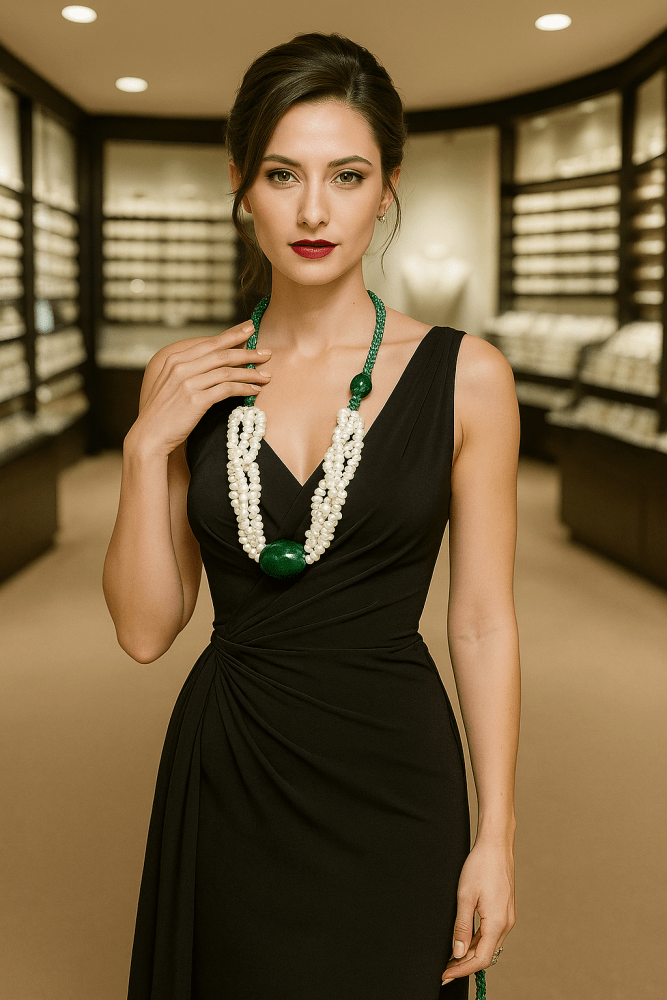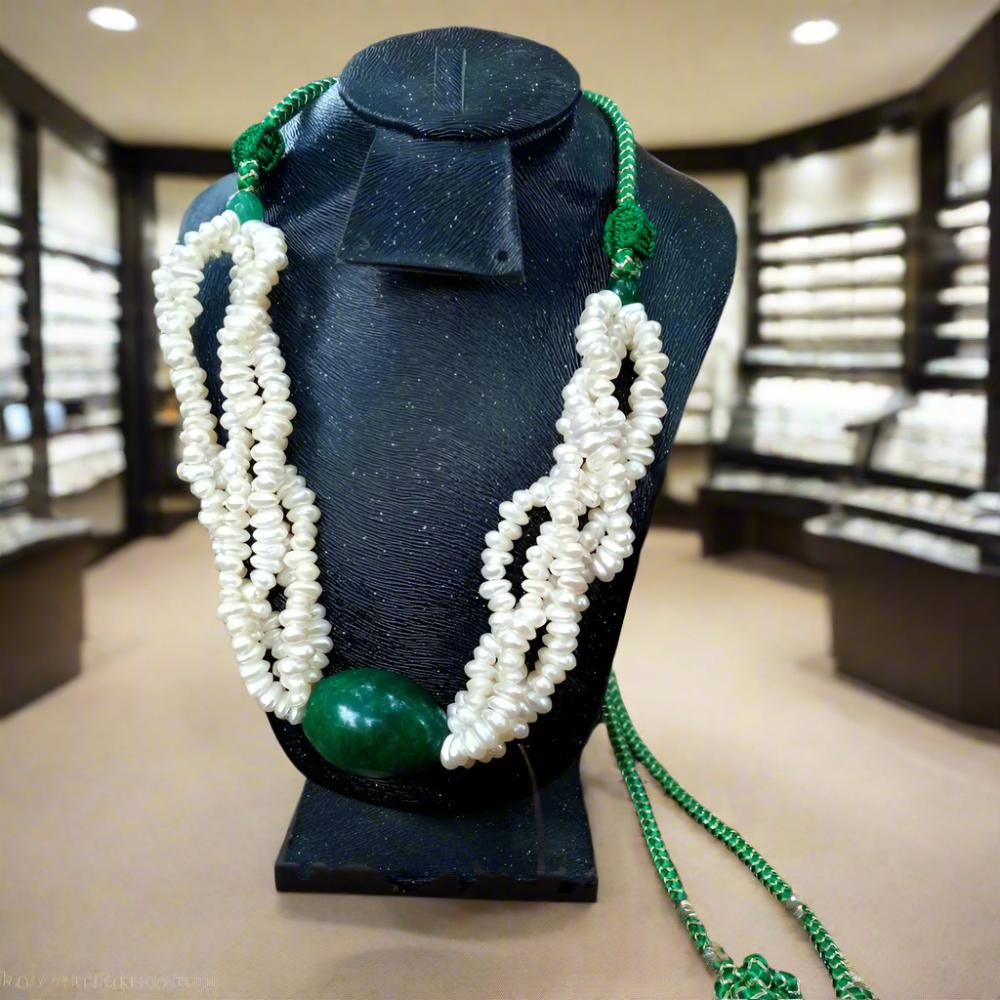
Moroccan Wedding Jewelry Traditions You Need to Know
Moroccan Wedding Jewelry: A Timeless Tradition of Elegance & Symbolism
Moroccan weddings are a dazzling celebration of culture, heritage, and artistry—especially when it comes to bridal jewelry. From intricate gold necklaces to protective silver amulets, every piece tells a story of tradition, love, and identity.
Whether you're a bride planning a Moroccan-inspired wedding, a jewelry enthusiast, or simply curious about global bridal customs, this guide explores the deep-rooted symbolism, craftsmanship, and regional variations of Moroccan wedding jewelry.
Why Moroccan Bridal Jewelry is More Than Just Adornment
In Morocco, jewelry is not merely decorative—it carries deep cultural, spiritual, and familial significance. Brides wear handcrafted Moroccan jewelry to:
- Symbolize status & heritage – Jewelry reflects family wealth, tribal identity, and regional traditions.
- Offer protection – Many pieces, like the Hamsa (Hand of Fatima) and evil eye motifs, are believed to ward off negative energy.
- Ensure prosperity & fertility – Certain gemstones and metals are thought to bring blessings to the marriage.
Let’s explore the most iconic pieces and their meanings.
1. The Sebha Necklace: A Bride’s Protective Talisman
One of the most symbolic pieces in Moroccan bridal jewelry is the Sebha necklace, traditionally made with:
- Amber beads (for healing and protection)
- Coral (symbolizing vitality and prosperity)
- Pearls (representing purity and wisdom)
This multi-strand necklace is often passed down as a family heirloom, connecting generations of brides.
Did You Know?
In some regions, the number of beads corresponds to spiritual significance—33 or 99 beads, referencing divine names in Islam.
2. Gold vs. Silver: Regional Differences in Moroccan Jewelry
The choice between gold and silver in Moroccan weddings varies by region:
| Material | Popular Regions | Symbolism |
|---|---|---|
| Gold jewelry | Urban areas (Casablanca, Marrakech) | Wealth, prestige, and luxury |
| Silver jewelry | Rural & Berber communities | Protection, tradition, and craftsmanship |
Modern Twist: Mixing Metals
Contemporary brides often blend gold and silver jewelry for a personalized yet culturally rich look.
3. The Bridal Crown (Taj): A Symbol of Honor
No Moroccan bride’s ensemble is complete without a Taj, an ornate headpiece that signifies:
✔ Royal status on her wedding day
✔ Family heritage (often an heirloom piece)
✔ Artisanal mastery (handcrafted with filigree, gemstones, and pearls)
These crowns are designed to complement the bride’s caftan, making her shine as the centerpiece of the celebration.
4. Bangles & Bracelets: Wealth & Feminine Power
Moroccan brides wear layers of bangles, creating a melodic chime believed to:
- Dispel bad luck
- Attract fertility and abundance
- Showcase family wealth
Popular Styles:
- Chunky gold cuffs (urban brides)
- Filigree silver bracelets (Berber tradition)
- Gemstone-encrusted designs (for added vibrancy)
5. Moroccan Wedding Rings: More Than Just a Band
Unlike Western solitaire rings, Moroccan wedding rings are bold and symbolic, often featuring:
🔹 KHamsa hand (protection)
🔹 Evil eye (warding off negativity)
🔸 Geometric patterns (heritage motifs)
Traditionally, brides wear multiple rings across different fingers for added blessings.
FAQs About Moroccan Wedding Jewelry
Q: Can non-Moroccan brides wear these jewelry styles?
A: Absolutely! Many brides incorporate Moroccan-inspired jewelry into their weddings for a touch of exotic elegance.
Q: Where can I buy authentic Moroccan bridal jewelry?
A: Look for Moroccan artisans on Etsy, souks in Marrakech, or specialized online stores like Heritage Handmade.
Q: What’s the best metal for a Moroccan wedding gift?
A: Gold is a classic choice for urban brides, while silver is ideal for those honoring Berber traditions.
Final Thoughts: Embrace the Beauty of Moroccan Bridal Traditions
Moroccan wedding jewelry is a breathtaking fusion of artistry, history, and spirituality. Each piece—from the Sebha necklace to the bridal Taj—carries centuries of meaning, making it more than just an accessory.
Want to Incorporate Moroccan Elegance Into Your Wedding?
Explore our curated collection of authentic Moroccan jewelry or book a consultation for custom designs that honor tradition with a modern touch.
🔗 Related Read: 5 Boho Moroccan Jewelry Pieces for Your Wedding



